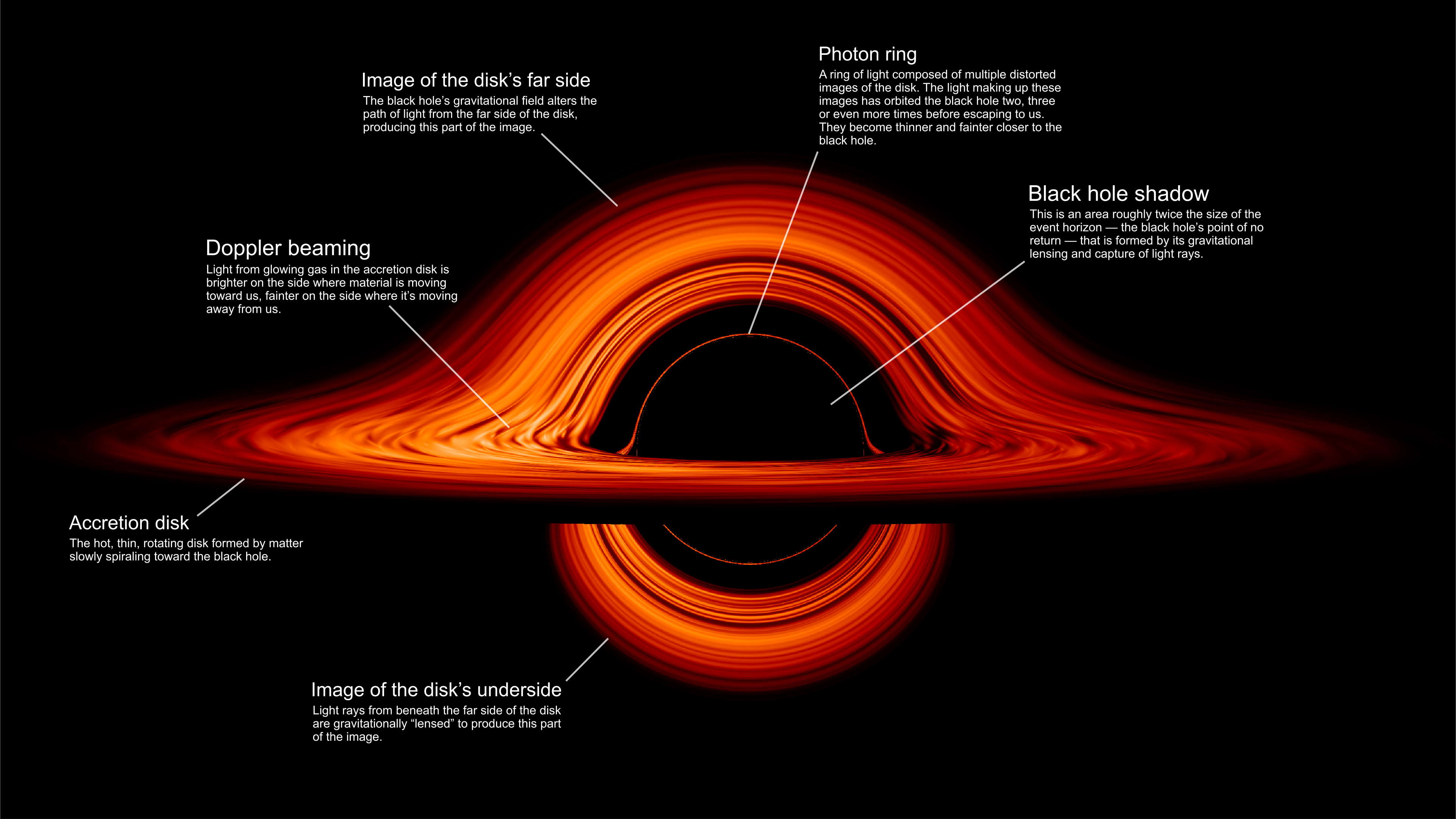1. Send DNA To Distant Planet. 2. Reconstruct Humans On Site.

What’s the Latest Development?
At the recent Future is Now conference in Washington, NASA’s Adam Steltzner proposed a method of space exploration that turns the traditional approach on its head: Rather than figuring out ways to work around the laws of physics so that humans can travel to distant planets as easily as they appear to in science fiction, let’s try encoding human DNA onto microbes, sending them to a planet, and then “printing” humans from the DNA once they arrive.
What’s the Big Idea?
The first part of Steltzner’s idea isn’t very farfetched. Microbes have survived the trip from Earth to Mars, and it’s possible to “[use] bacteria like computer memory,” says Harvard biologist Gary Ruvkun. It’s the second part — rebuilding humans upon arrival — that’s the real challenge. One possible solution could be to send a robot that would, in time, receive the necessary data to construct a human on site. Steltzner says, “The idea of 3D printing is, something’s created out of matter at the location, just with the information. And that’s kind of what we’re talking about here.”
Photo Credit: Shutterstock.com
Personal Note: This will be my last post for IdeaFeed. I hope readers have learned as much from the ideas presented here as I have since joining BigThink in 2012. See you out in the universe…
Your fellow explorer,
K




